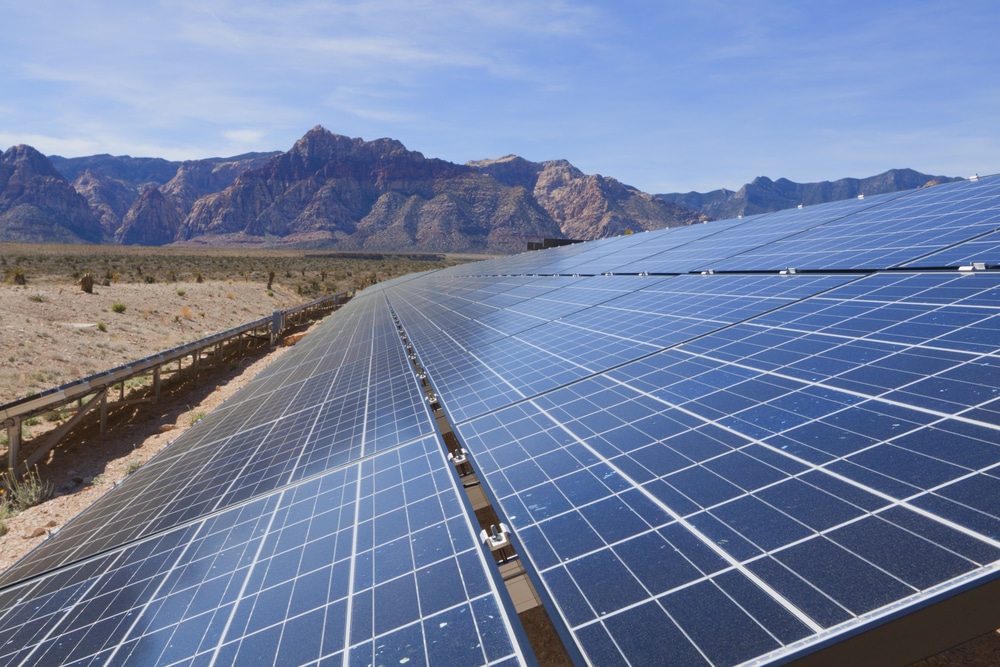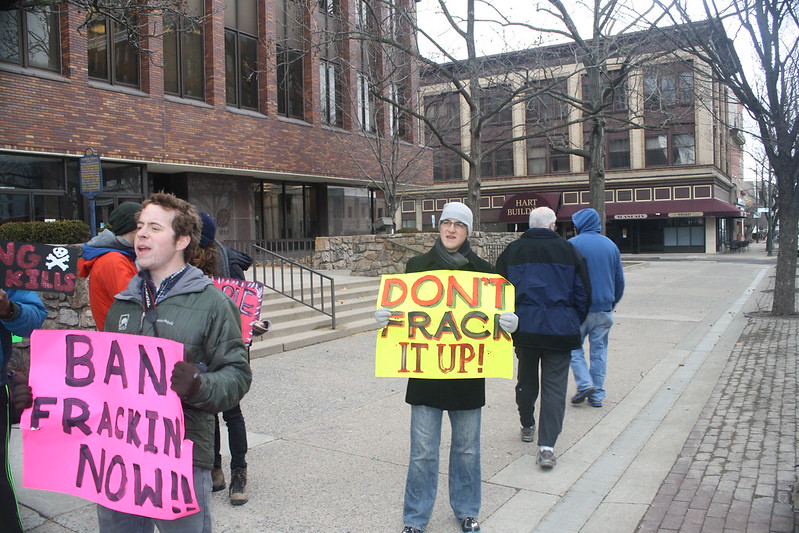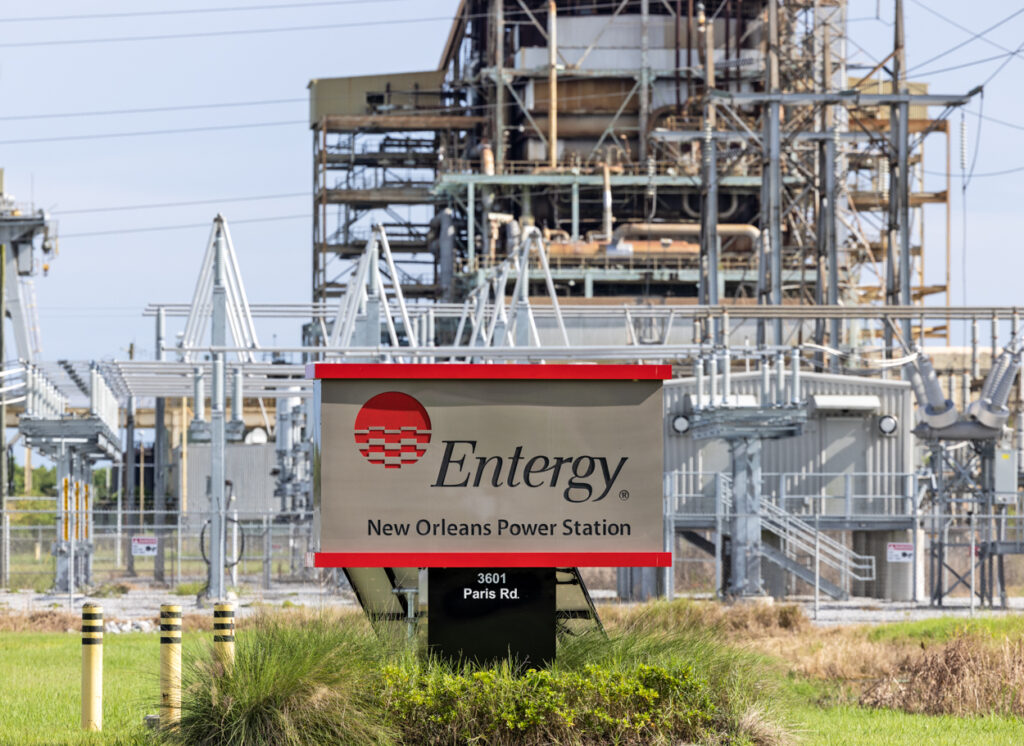This is a guest post by Aaron Viles of Care2.org
Two years ago, Nevada sat among the top of the lists as one of the best states for solar energy. Some of the reasons are baked into the state: its climate and sunshine make it ideal for both large-scale and residential solar. But what set Nevada apart from its other southwestern neighbors were the state’s policies that made it easy to capitalize on their geographic advantage. These include renewable energy tax credits for residence, a rebate program and generous net metering—a policy where utilities must pay residences for the electricity they generate.
But in the last year, Nevada’s solar standing has taken a nosedive as political leaders seek to overturn and phase out net metering, one of the most successful policies driving a boom in residential solar.
By reducing the rates at which solar panel owners can be reimbursed for the energy their systems generate, regulators make it harder for property owners to earn back an investment in panels. SolarCity has already cut jobs in the state in preparation for slowing demand.
The lesson is clear: policy matters, and states can do a lot to drive the green economy if they’re willing to act. Here are some states leading the legislative way:
California
Let’s start with an obvious one: California. The state has been an environmental leader for decades, a trend that holds true when it comes to solar energy. The Solar Energy Industry Association (SEIA) ranked California number one in 2014, when the state installed 4,316 MW of new solar capacity—enough energy to power over one million homes. In March 2015, California became the first state to generate more than five percent of its total electricity from solar power.
In January, the state further cemented its future as a solar leader when the California Public Utilities Commission voted to extend its net metering 2.0 plan. The program stipulates that solar generators will continue to earn the retail rate of the energy they generate, making it more financially advantageous for homeowners to invest in panels. It’s safe to say California will stay in the lead for some time to come.
New Jersey
There are lots of reasons to be surprised to see New Jersey on this list. First, its climate doesn’t make it a natural breeding ground for solar. Furthermore, its current political leaders don’t rank environmental issues of particularly high importance. But, despite all that, when it comes to policy, New Jersey is a great example of how any state can foster a strong solar industry.
Though the state’s Renewable Portfolio Standard (RPS) is ranked just 16th in the nation, it’s solar carve out is second best. Solar carve outs require that among all the renewable technology utilities use to meet the RPS, a certain amount of power must come from solar. The state’s net metering law is also generous, requiring that solar generators be paid the full retail price for the energy they create and that if they end the year in the black, utilities must cut them a check.
Perhaps most significant are New Jersey’s Solar Renewable Energy Certificates (SRECs). Utilities unable to produce enough solar energy themselves (a hard challenge without a large-scale solar farm) need these certificates to prove they’re complying with state renewable energy standards. Solar producers—whether commercial or residential—get an SREC when their panels produce 1,000 kWh of solar energy, roughly one-sixth of the average home’s generation in New Jersey. These certificates can then be sold to utility companies. They usually go for between $180 and $240 each on the open SREC market, giving a lot more financial incentive for homeowners to go solar.
New York
Solar Power Rocks ranked New York number one in its 2015 Solar Power Rankings because, in their words, “New York is doing almost everything right.” They’re not wrong—not only does the state have an aggressive RPS, its solar carve out is substantial, creating a great environment for the solar industry to grow. It’s also created powerful financial incentives for people to go solar, including rebates, tax credits and exemptions from property and sales taxes.
The state also has the benefit of bold political leadership when it comes to solar: in 2014, Governor Andrew Cuomo announced that New York would invest $1 billion in NY-Sun, the state’s solar initiative. In the three years prior to his initiative, New York’s solar industry had already seen a growth of more than 300 percent . Additionally, the state has already made some high-profile investments, including $750 million for a solar panel factory in Buffalo with the potential to demonstrate both the environmental and economic benefits of solar industry investment, especially in struggling communities.
Massachusetts
What the state lacks in an aggressive RPS (it’s just 25 percent by 2030 compared to New York’s 30 percent by 2015), it makes up for in generosity to solar generators. Massachusetts’s net metering law ensures the bill credits received for producing electricity carry over indefinitely. Unlike some other states, where credits expire at year’s end, Massachusetts residents get to reap the financial benefits of every kilowatt-hour they produce. With the state’s high electricity prices, Solar Power Rocks estimates the average annual savings at more than $450. The state also exempts property tax on home value increases for 20 years after solar installation, and the panels and installation are sales tax-free.
Massachusetts also has an SREC program which, thanks to requirements that utilities generate electricity from solar or face a $350/SREC fine, supports a price of $285 per SREC—higher than New Jersey. Contracts between solar generators and utilities last 10 years, which guarantees nearly $15,000 in additional income from solar energy over the decade. Put together, all these incentives give Massachusetts one of the shortest payback periods: homeowners who invest can earn back their investment in just four years.
Minnesota
Lest folks in the middle of the country think solar is only something for people on the coasts, there’s Minnesota, which made the single biggest jump year-over-year in Solar Power Rocks’ rankings, cracking the top 10. This 14-spot jump signals that the Land of 10,000 Lakes is a star on the rise.
Minnesota has a good RPS, and, unlike others on this list, sets more aggressive targets for its largest utility company, Xcel Energy, which must meet high standards more quickly than others with 31.5 percent of electricity coming from renewable sources by 2020. While Minnesota may not have the strongest solar policies, it has a wide array of incentives that together can help home solar generators save more than $760 annually. These include a solar carve out in its RPS, net metering (though with a size limitation that would affect larger producers), solar power rebates from utilities and Solar Rewards, a new performance payment program from Xcel that function like SRECs. Even better, buying Minnesota-manufactured panels can increase your payment by another $2,000-plus each year. All told, the solar future is looking bright in Minnesota.
These five states are making waves in the national solar energy scene, and prove that government legislature has true power when it comes to environmental issues. When the green economy is given a chance to thrive, a lot of good can be done for both the state and its people.
Aaron Viles is a Senior Grassroots Organizer for Care2. He works with citizen authors on Care2 Petitions to create petitions that will win concrete victories for animals, the environment, and other progressive causes. Prior to Care2 he spent decades working within the non-profit environmental advocacy field. Aaron honed his craft while working for Gulf Restoration Network, U.S. Public Interest Research Group, and Faithful America. He began his career with Green Corps, the field school for environmental organizing. When not in front of a screen or on a conference call, Aaron can be found doting on his daughters, pedaling furiously to keep up with the peloton, and serving as a volunteer leader for the Gulf Restoration Network and his church.
Subscribe to our newsletter
Stay up to date with DeSmog news and alerts







